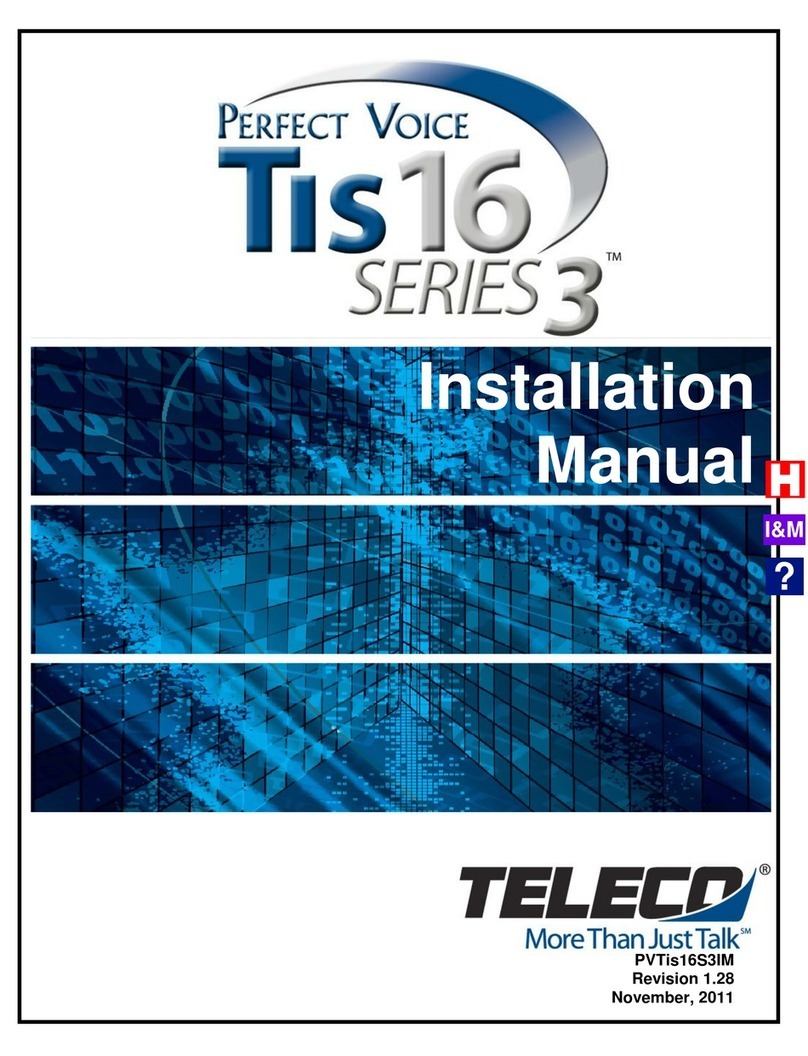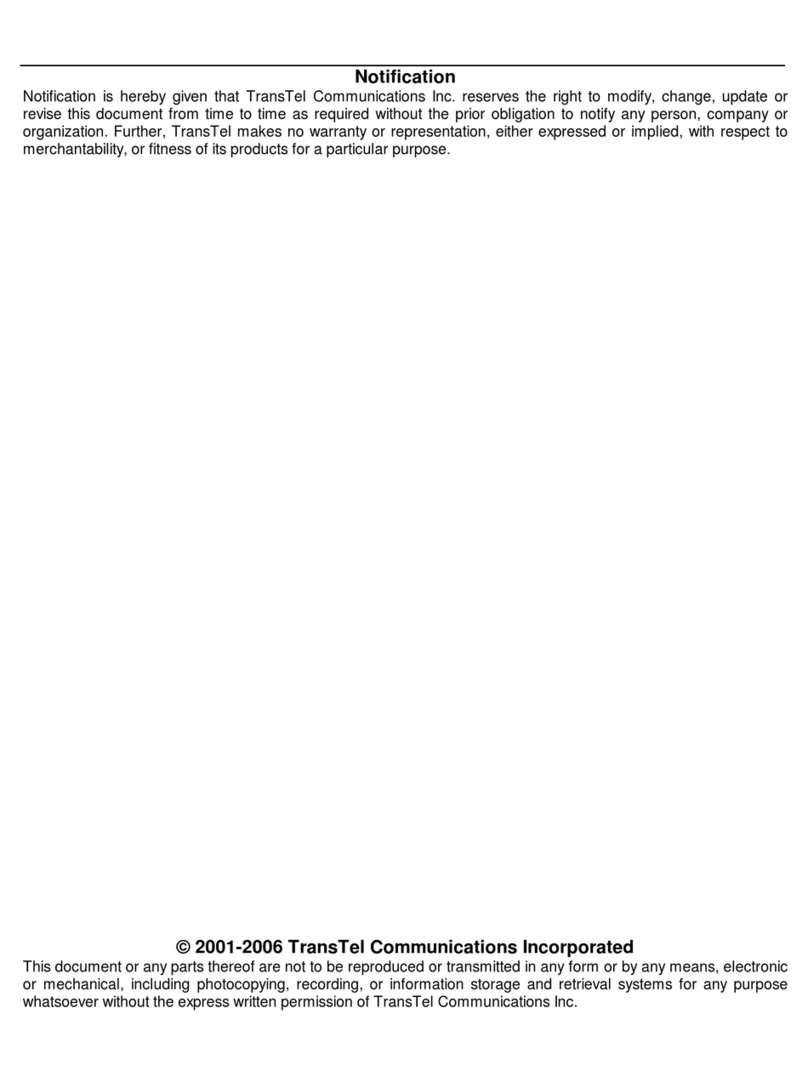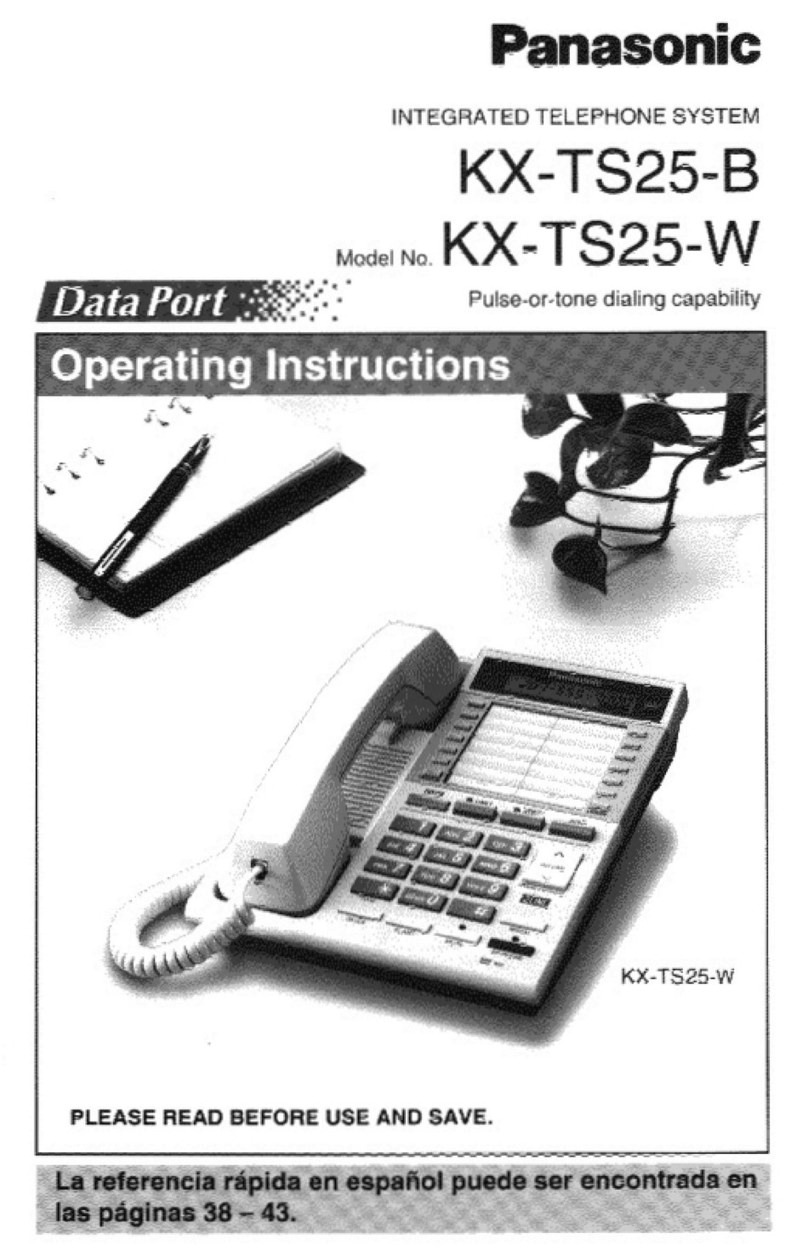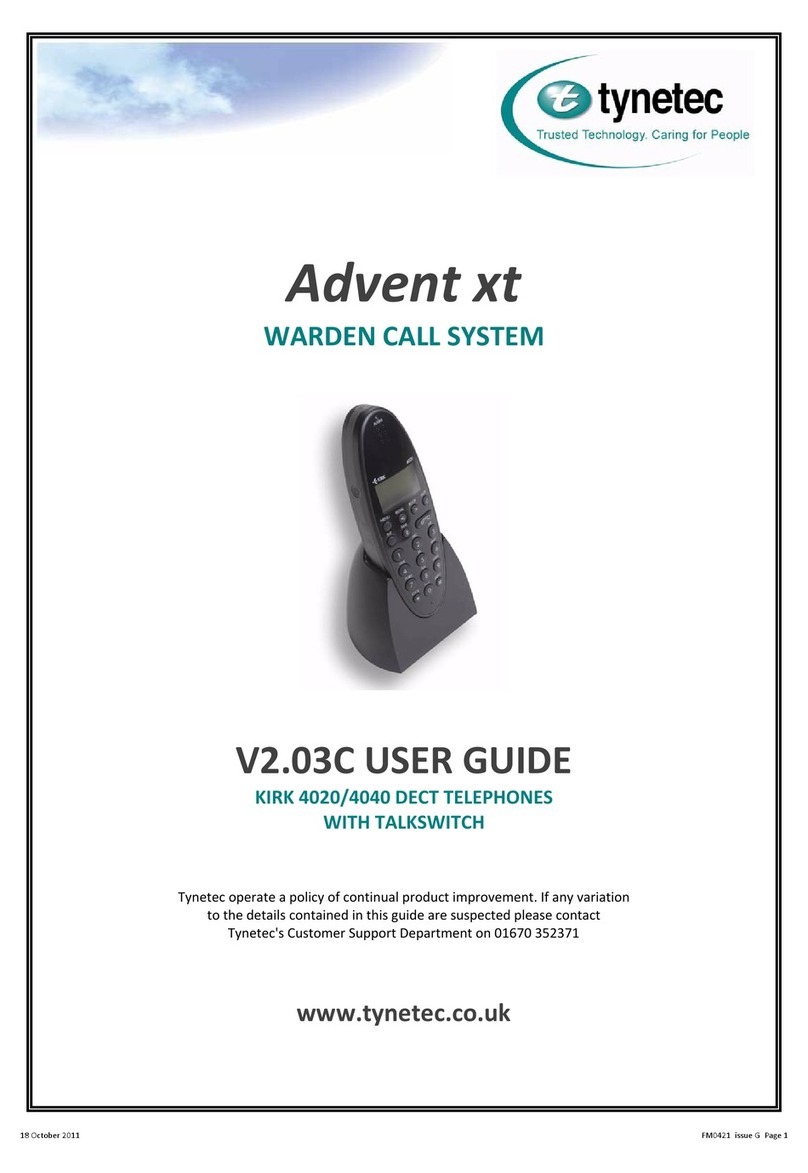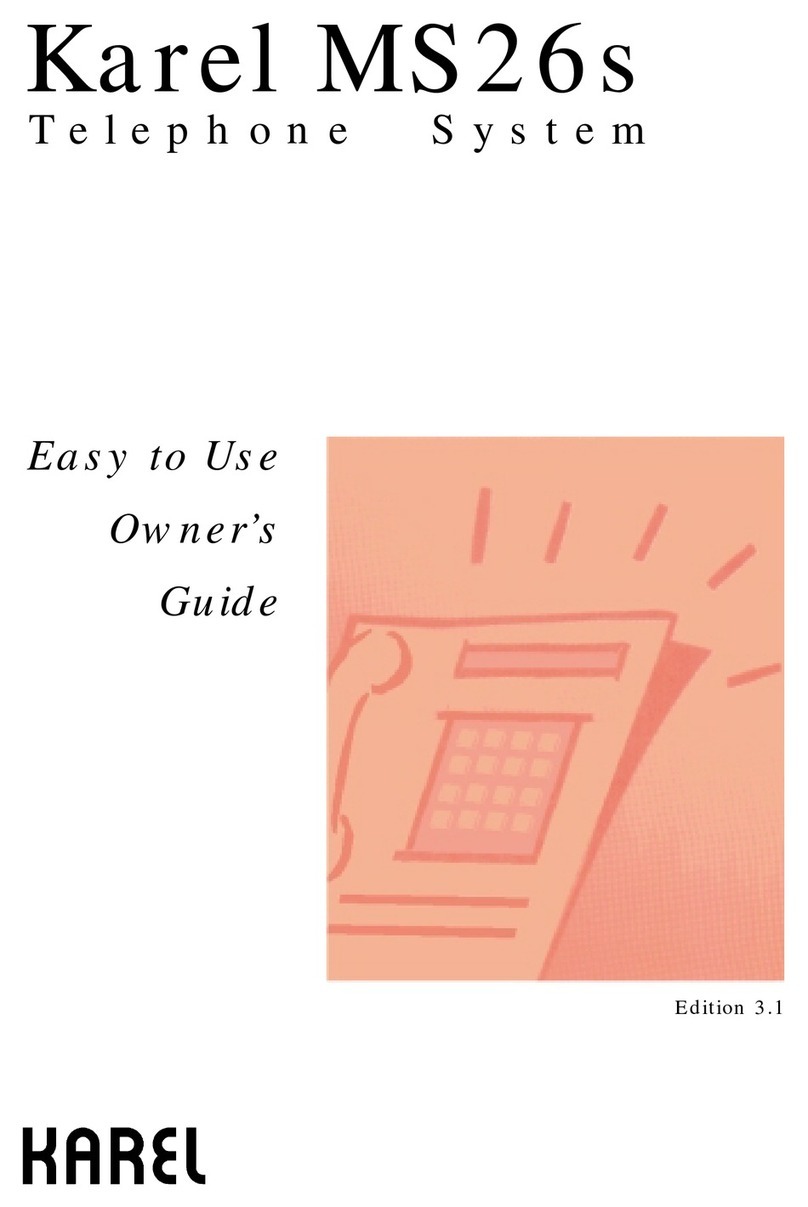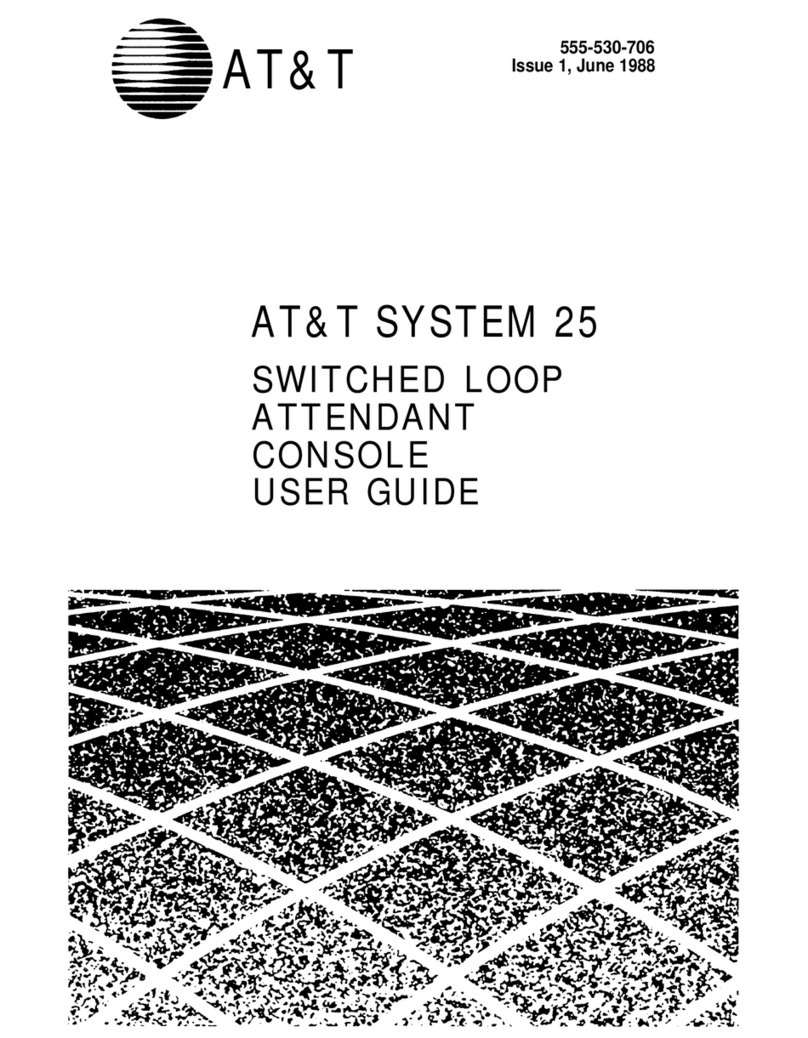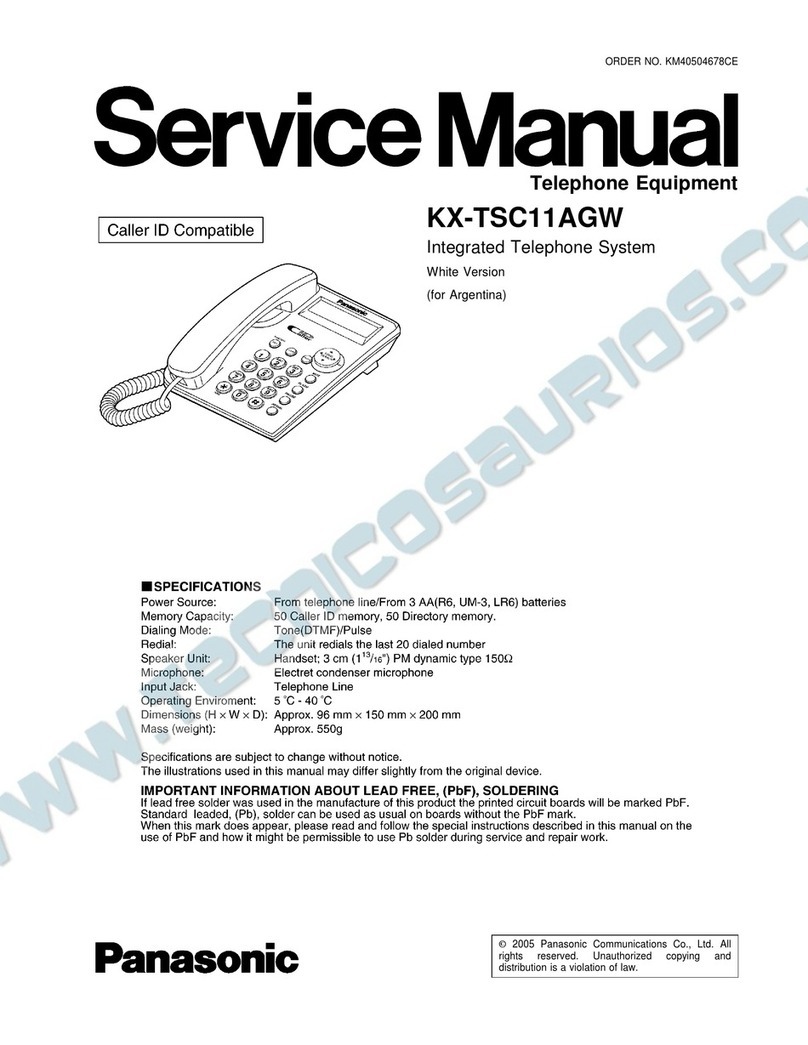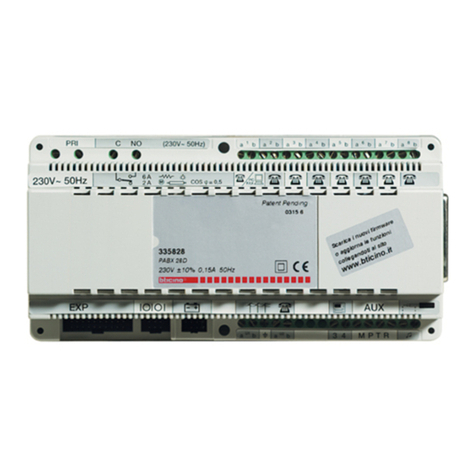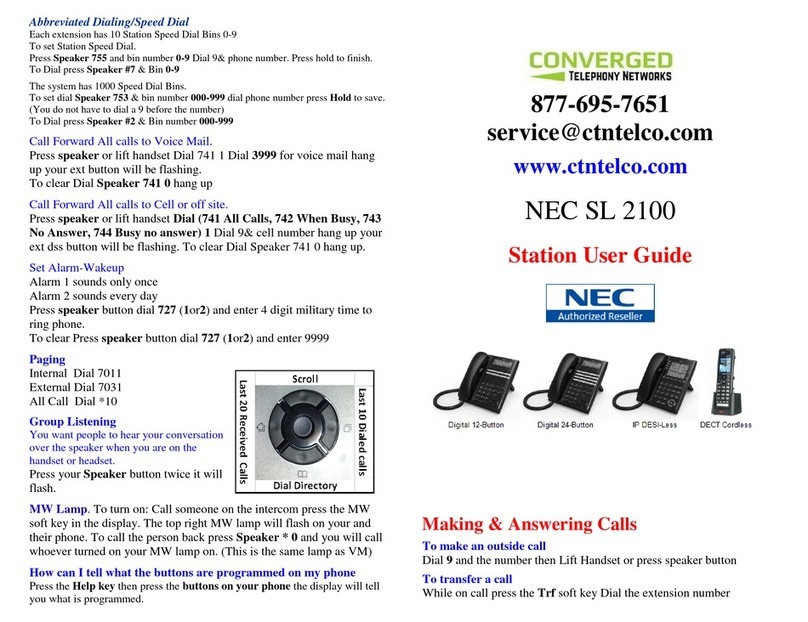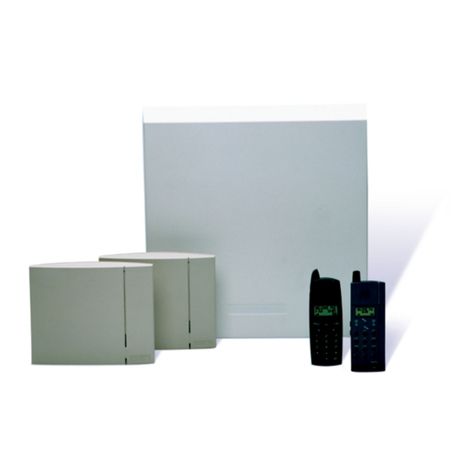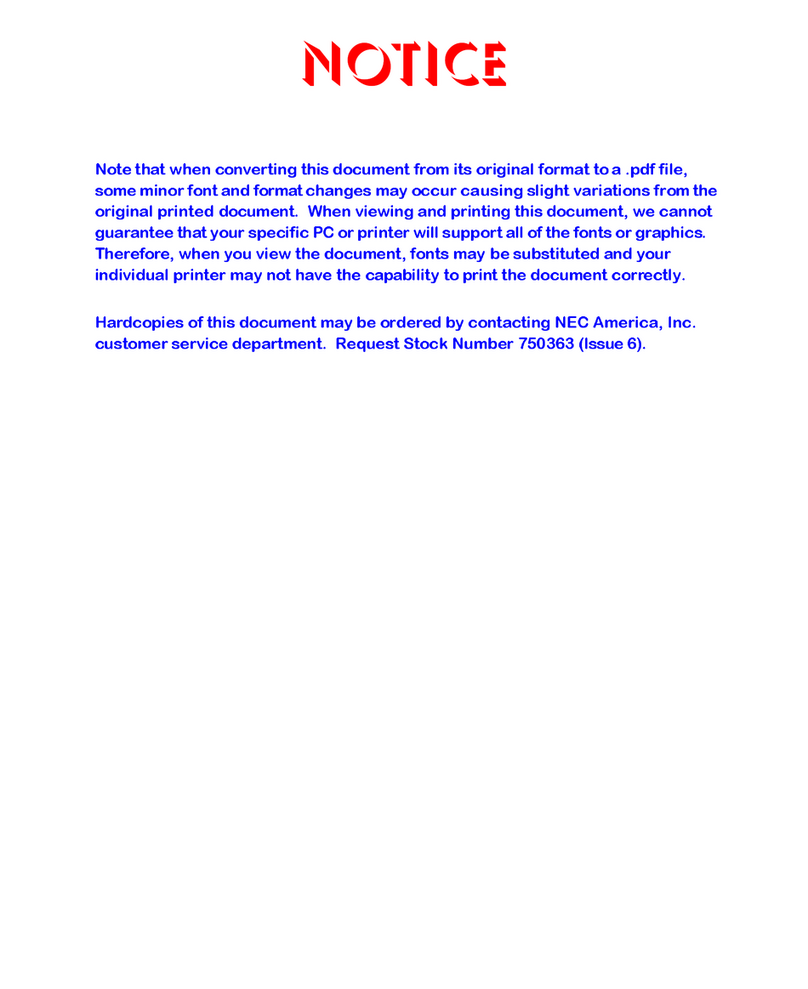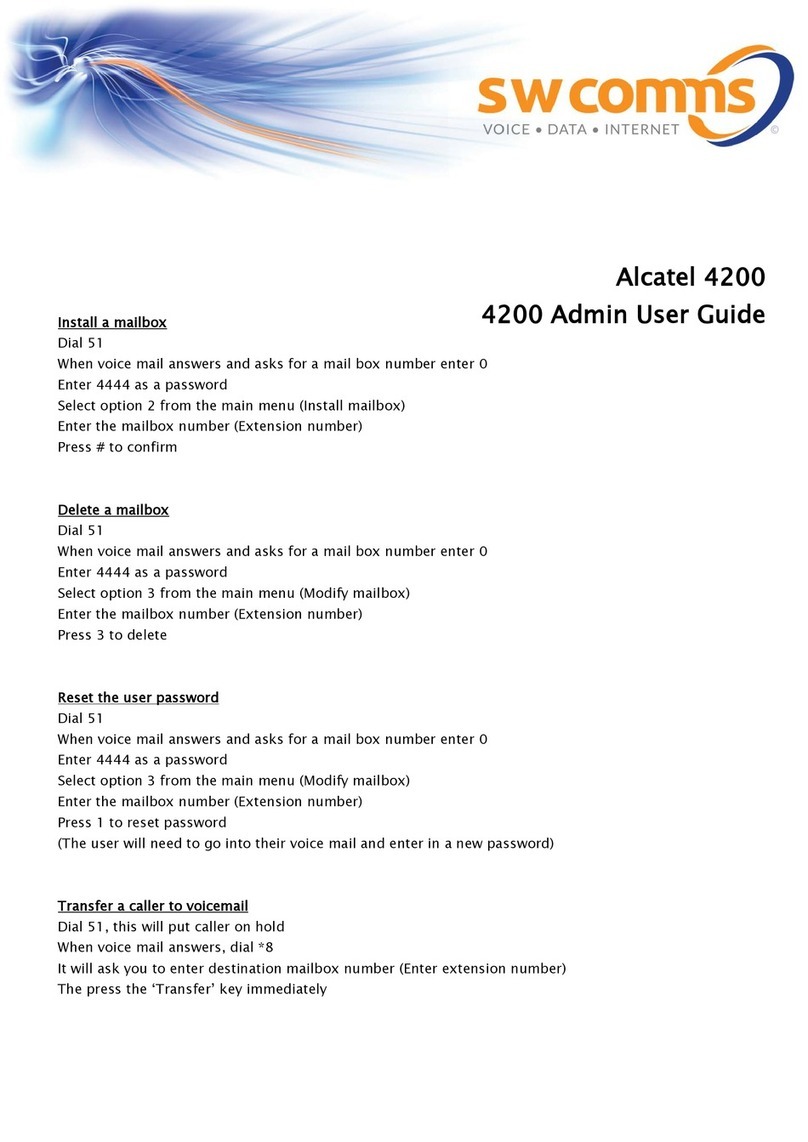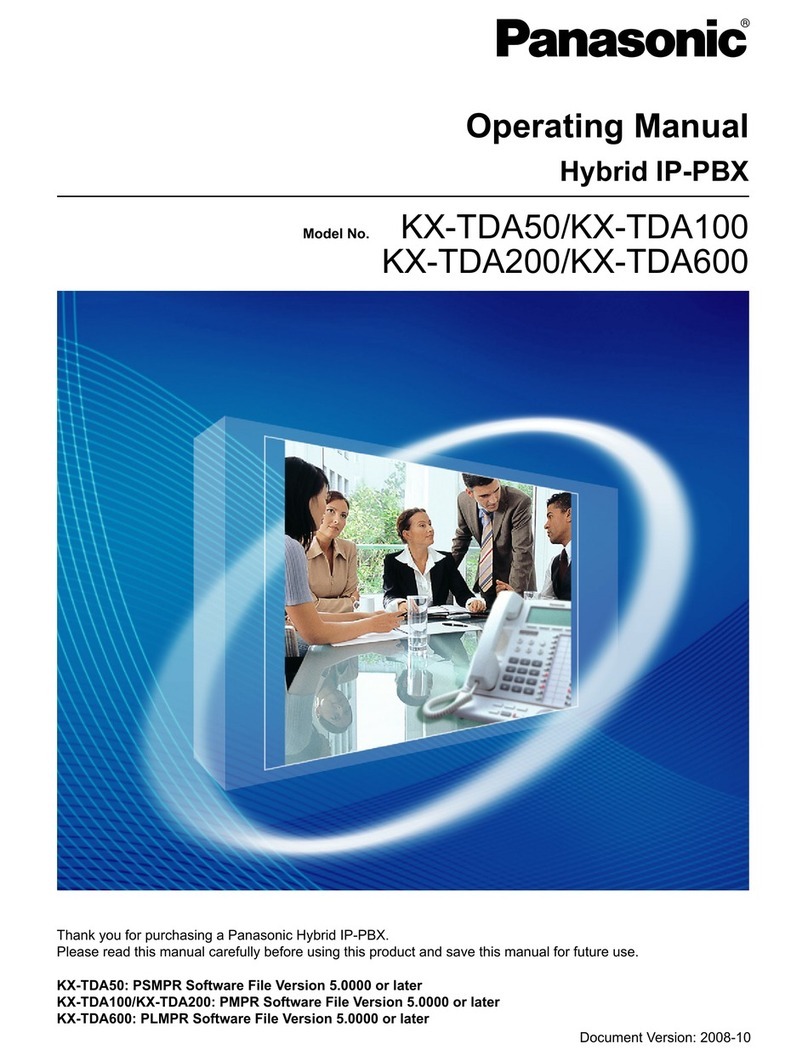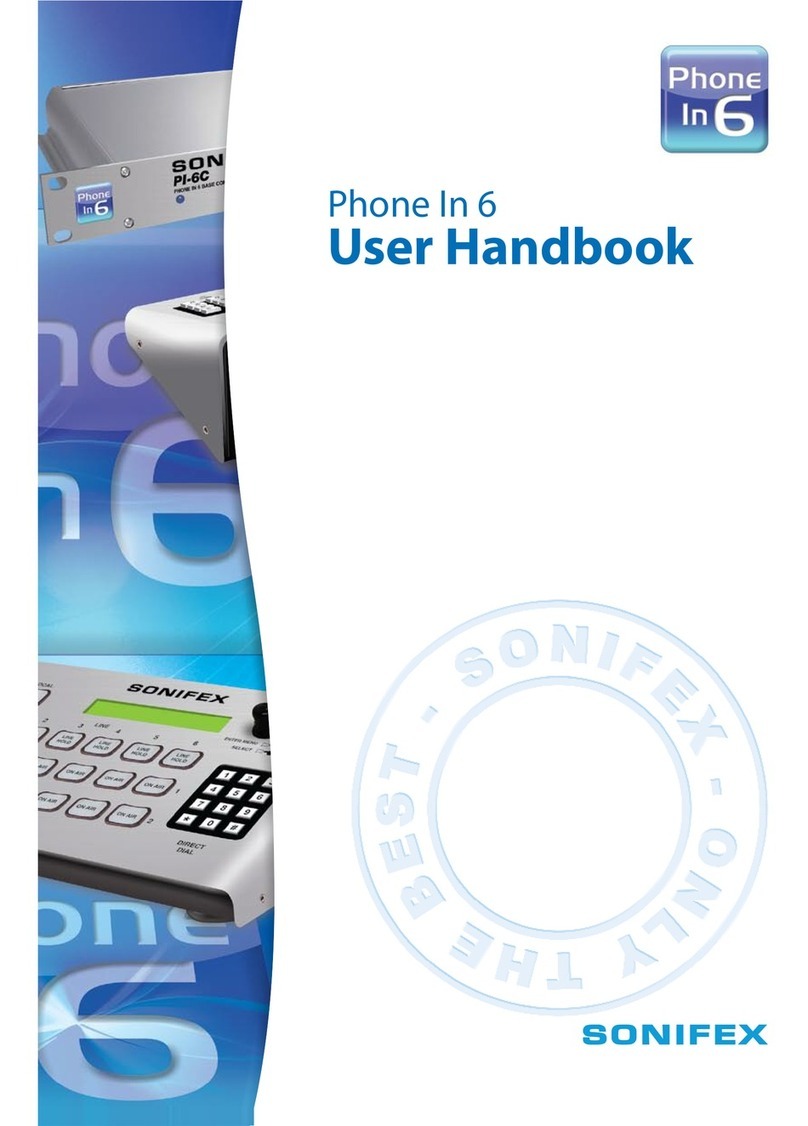Page 2 of 40
Issue 2
13/12/99
PETS-2 Crossing Telephone System
QUICKFIX INSTALLATION HANDBOOK
2
WARNINGS
HAZARDOUS VOLTAGES
PETS 2 is to be powered from a telecommunications quality dc supply, nominally 24V dc or
50V dc (subject to internal configuration). The 50V dc supply must be treated as a hazard
as it exceeds the levels specified within the ‘Low Voltage Directive’.
Furthermore, whilst 24V dc supplies are considered to be ‘ELV’, PETS 2
incorporates a dc-dc converter that produces a 60V dc level, and can
additionally generate telephone ringing voltages in the order 120V peak to
peak. The circuits within PETS 2 must be treated as hazardous under all
circumstances, and the power supply (mains and battery) should be isolated before removal
of equipment covers.
PROTECTIVE EARTH
The PETS 2 equipment must be earthed, but care must be taken to use a ‘local’ earth for
safety reasons. In most instances the equipment case will be bonded to
‘Telecommunications earth’ by connecting the ‘green/yellow’ lead from a tag
on the outside of the case to the earth point within the Junction Box’. The
earth point within the Junction Box will be bonded to an existing
‘Telecommunication earth’, or to a dedicated ground spike. In some
instances the equipment may be fixed to a signalling frame, where the case
will be bonded by connection of the ‘green/yellow’ wire to the appropriate earth of the
signalling equipment. Under these circumstances the ‘Telecommunications Earth’ within the
Junction Box, and the earth reference to the power supply/ electronics will be kept isolated
from the signalling earth.
CAUTIONS
INSTALLATION INSTRUCTIONS
This handbook is supplied with the Signal Box and Crossing PETS 2 equipment, there are
minor differences between these two items and it is important to identify
each item before starting the installation. This handbook is intended to
cover the installation process only. A competent design authority must
undertake a survey of the installation, and shall then provide additional
installation instructions relating to the specific configuration, wiring
arrangement and location of equipment. A separate PETS 2 ‘Handbook for Design,
Installation and Maintenance’ (WEL part G42279) is available for use by competent
designers and maintainers.
TELECOMMUNICATIONS SAFETY
PETS 2 has isolated barriers to BS6301 on each circuit for connection to a
transmission system, or to a physical circuit between the Signalbox and
